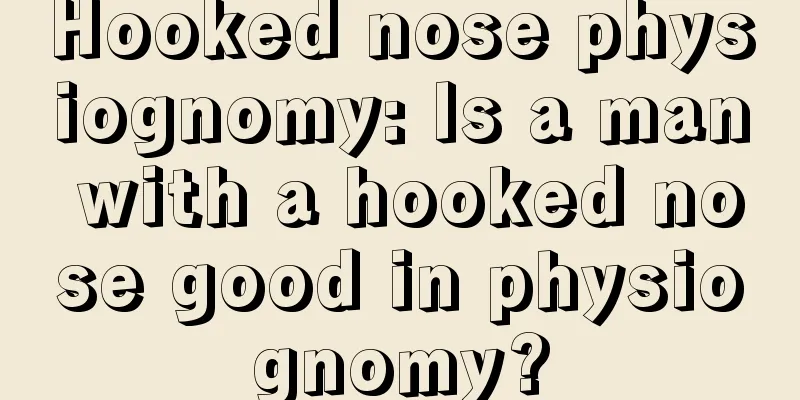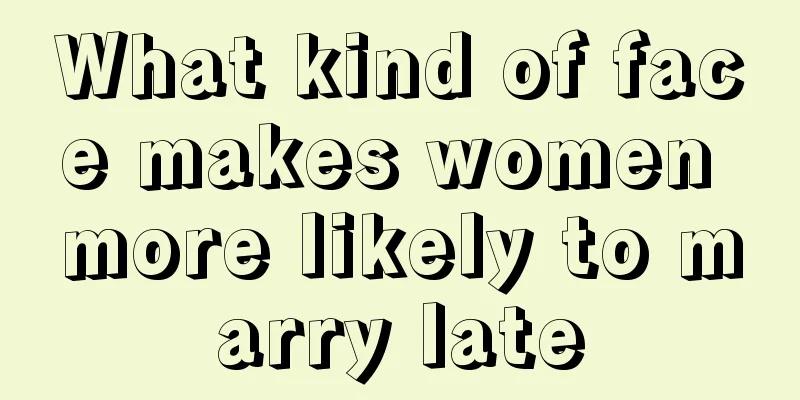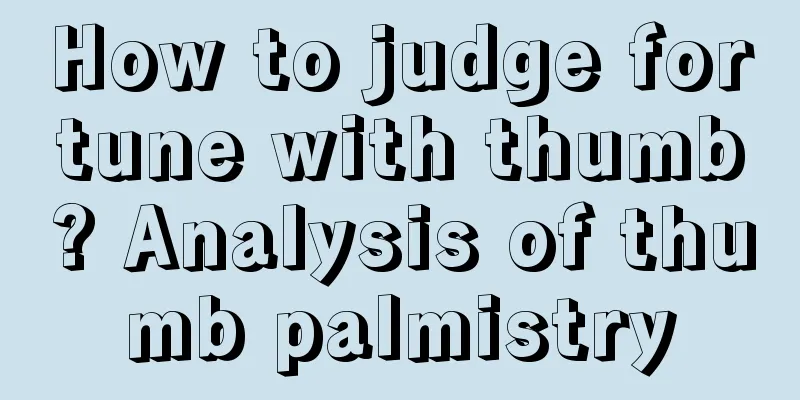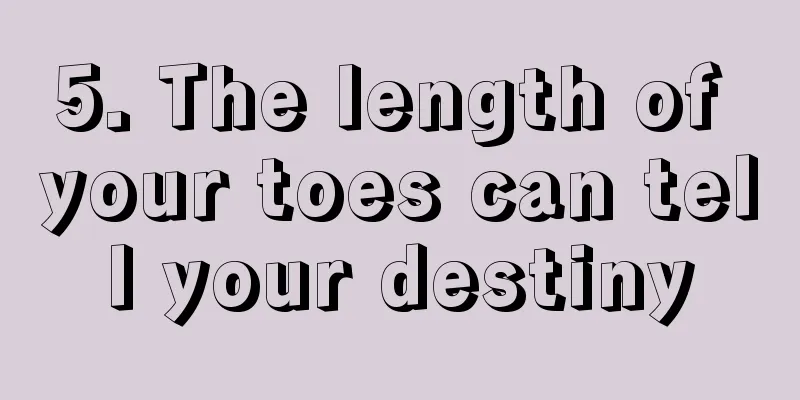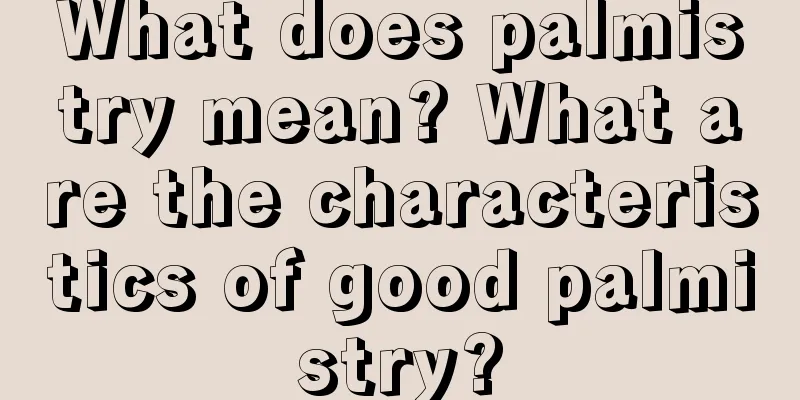Ice-forged people-recognition technique: the skull and bones can also reveal a person's character and destiny
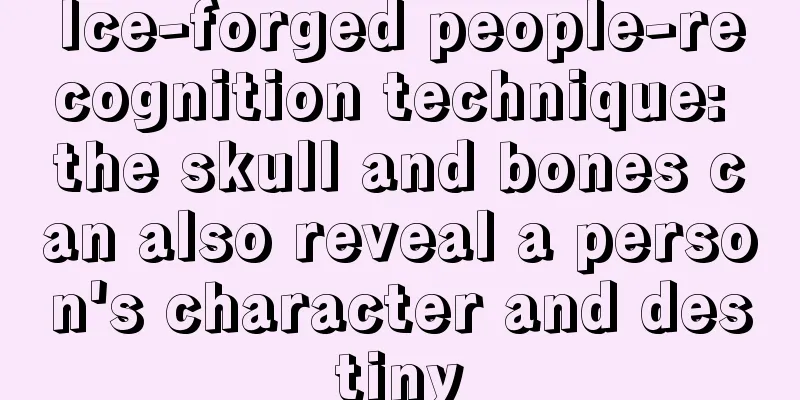
|
Jiangnan Yi Lin mentioned before that Zeng Guofan’s "Ice Mirror" begins with: The mountains do not collapse because they are stabilized by rocks, which are called bones. This means that the reason why the mountain does not collapse is because it is supported by the rocks inside. The same is true for the bones in the human body. Bones are to the human body as reinforced concrete is to a house, and their role is vital. When it comes to physiognomy, I believe many people can easily name a bunch of terms, such as a full forehead, a square chin, a nose like a hanging gall bladder, lips like cinnabar, a rhinoceros horn piercing the top of the head, and unusual bones, etc. These words often appear in crosstalk, storytelling, novels or TV. About Bone Phase For example, the "unique bones" mentioned above is actually a relatively abstract term. It is an overall evaluation of the human skeletal structure. It probably means that someone's skeletal structure is rather peculiar. Many times, it is even just an adjective that has nothing to do with appearance. Everyone remembers that there is a classic scene in Stephen Chow's movie "Kung Fu". An old beggar with messy hair and a mysterious look said seriously to the innocent children passing by: "Young man, I see that you have a unique talent in martial arts. The maintenance of world peace depends on you. I have a secret book of "Tathagata Palm". Since I see that we are destined to be together, I will sell it to you for ten dollars." Bone structure actually looks very difficult, especially those strange bones on the top of the head. According to ancient books, if someone is believed to have unusual bones, he or she will often have extraordinary achievements. According to Chinese physiognomy books, there are some strange bones on the forehead, top of the head and sides of the head, which are actually some special bone protrusions. In modern physiognomy, the bones on the top of the skull are not the focus of physiognomy, unless there are really obvious outstanding features. Besides, when you read the fortune of a woman, you wouldn't lift up her thick hair just to look at her bones. However, the bones of the face, such as the forehead, cheekbones, and nose bridge, play a very important role, and Jiangnan Yi Lin will gradually discuss them later. History of Phrenology Jiangnan Yilin will first take a look at the history of phrenology. Many Chinese people may not know much about phrenology. Phrenology is actually the theory of brain function localization, which was jointly founded by French anatomists Gall and Sputzheim in the early 19th century. The key point of this theory is simple: phrenology believes that a person's various temperaments and abilities - such as music and painting ability - correspond to different parts of the brain, and the skull is also closely related to different areas of the brain. Needless to say, you can see from the picture below that phrenology divides the human head into many different small areas, initially 35 areas, and later as many as 42 areas. Different areas correspond to different personalities and abilities. For example, one area corresponds to passionate, ambitious, careful, etc. They drew various conclusions based on the degree and characteristics of the uplift or depression in these areas. The most important thing in phrenology is whether a certain area is raised. It believes that raised areas are good, so phrenology is called the art of reading raised areas. Phrenology was very popular in France, Britain and the United States in the 19th century. There were various phrenology-related societies, colleges and magazines until they gradually disappeared in the early 20th century. To what extent were some people in Europe and America obsessed with phrenology at that time? Some companies even specialize in producing masks that are designed to fit the optimal skull in accordance with phrenology theory. The inside of the mask is divided into various raised areas. Newborn babies are asked to wear the mask and their tender skulls are allowed to grow in the shape of the mask, in the belief that this will give them various advantageous personalities and abilities. In that era, countless innocent children suffered terribly from wearing such hoods. Of course, modern people with a little common sense can refute this theory. To put it bluntly, the skull is a helmet made of bones that the human body has. It mainly protects the brain. It's not a highly sophisticated organ like the brain, so how could different areas correspond to different functions? Speaking of the phrenology hood, Jiangnan Yilin has something to remind everyone. Some parents, especially those in rural areas, make their children sleep on very hard wooden beds after they are born, and they don't know how to use soft pillows for their children. As a result, over time, the back of the child's head becomes very flat, as if it had been cut by a knife, and feels very steep. This shape, not to mention the good or bad luck in terms of bone structure, is not very good-looking just from the shape point of view. It flattens the back of the head, which should be round. This is something that parents should pay attention to. Summary of Jiangnan Yilin In a word, Western phrenology has no scientific basis and has long been denied by medical and psychological theories and research. However, everyone should understand that although the head is not divided into as many regions as in phrenology, the overall shape of the head still plays a role in physiognomy. Generally speaking, Chinese physiognomy values plump, round, and thick features, and dislikes sunken, pointed, and thin features. There is a huge difference in personality and destiny between a child with a round head, a plump forehead and the back of the head and a child with a flat, thin or sunken head. Think about it, what shape do stones take in the end in nature? In addition, naturally occurring things in nature - especially inanimate objects - are rarely square. Most are round or oval. This may be the simple reason why the ancient Chinese admired the circle. This article, "Ice-Mirroring People's Technique: The Skull and Bones Can Also Reveal a Person's Character and Destiny", was originally published on the Dream Interpreter website. Reprinting is welcome but please indicate the source! Please continue to follow us for more exciting content. |
<<: Is a mole on a diamond-shaped face a good omen? It means good career luck.
Recommend
A complete illustration of the fortune line in men's palmistry
How to tell wealth from palmistry? First, we can ...
Bitcoin's energy-intensive PoW will be replaced? The creator of BitTorrent proposes using disk space for mining
BitTorrent developer Bram Cohen has published a n...
Norway restarts discontinued mining farm, Bitcoin mining cost may drop by $5,000 per coin
According to bitcoinist, the Norwegian bitcoin mi...
If you offend a woman with certain facial features, you will be retaliated against.
If you offend a woman with certain facial feature...
Henan police repatriated a fugitive economic suspect involved in a "mining machine" fraud case from Cuba, with a total of more than 1.3 billion yuan involved
Henan Business Daily reporter Gao Peng/text repor...
Japan's Financial Services Agency discusses how to stimulate blockchain application development
Rage Comment : Since this year, the Japanese Fina...
Do children with full foreheads have good academic luck and intelligence?
For a child, learning is the most important part ...
Ace vs. Ace: A cross-ocean dialogue between senior players in Bitcoin mining and finance from the East and the West
Over the past decade, the cryptocurrency sector h...
What does a deep philtrum mean?
The philtrum is a small groove located from the b...
Finger fortune telling: middle finger and destiny prediction
The middle finger controls a person's psychol...
Eye physiognomy analysis of women's emotional development and the relationship between eyes and emotional fortune
People often say that eyes are the windows to the...
1. Messy eyebrows
The face of seeking wealth 1. Messy eyebrows Peop...
What are the characteristics and meanings of moles on the hands
In mole physiognomy, moles on the palms are quite...
Bank of England official: Digital currency may have an impact on bank lending
Bitcoin may not be widely adopted, but a central ...
Judging a person's personality from his most frequently used catchphrases
In business or when talking with people, you can ...
